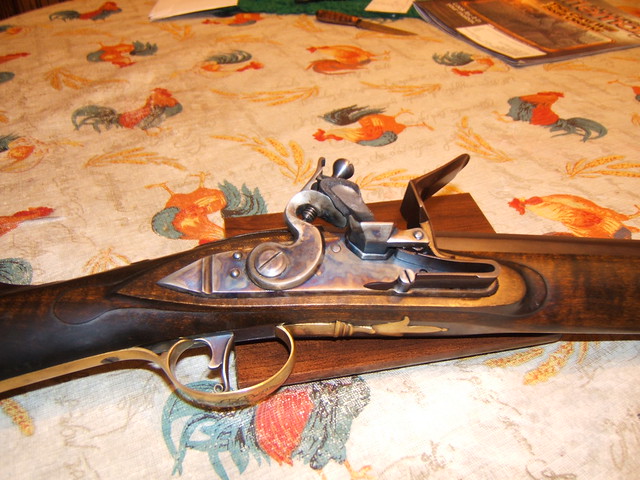I'm coming up to an event and need to reharden the Frizen on my 1980s? India made replica Brown Bess.
I want to try the technique using leather wrapped around Frizzen and putting inside a metal can and heating in the fire.
My question is, I bought some leather scraps but had a lot of choices of animal and tanning style. Will the tanning process of the leather impart any harmful chemicals to the steel during the heat? Such as Deer vegatable tanned, Bison oil tanned? deer oil tanned?
Am I overthinking it? :hmm:
Thanks.
I want to try the technique using leather wrapped around Frizzen and putting inside a metal can and heating in the fire.
My question is, I bought some leather scraps but had a lot of choices of animal and tanning style. Will the tanning process of the leather impart any harmful chemicals to the steel during the heat? Such as Deer vegatable tanned, Bison oil tanned? deer oil tanned?
Am I overthinking it? :hmm:
Thanks.






